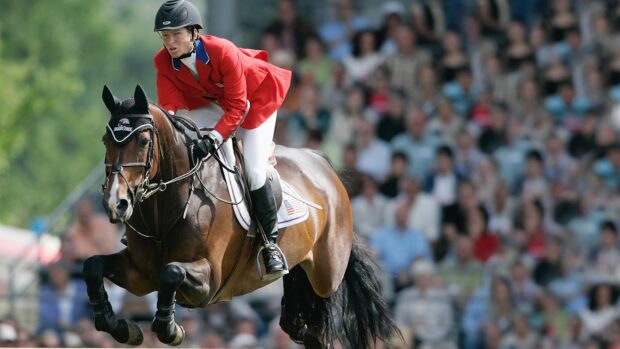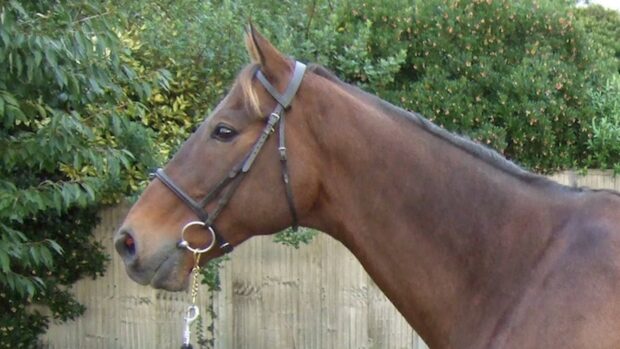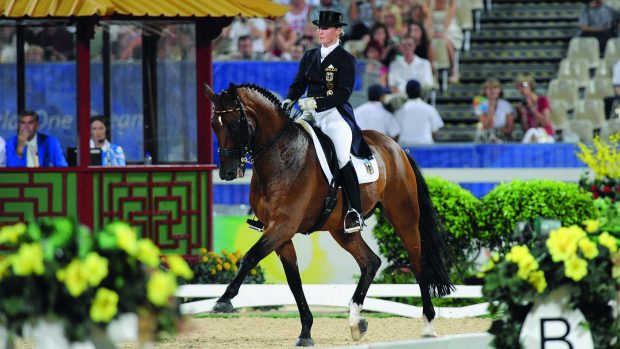I’ve spent a not inconsiderable amount of time today looking at urine – equine v. human, that is.
It’s difficult to convey the excitement that this inspired but I guess you needed to be in the company of a man called Terence Wan to share the emotion. Mr Wan is Head of the Racing Laboratory at The Hong Kong Jockey Club, the only reference laboratory recognised by the Federaton Equeste Internationale (FEI), in Asia – and he is a passionate man, in a Hong Kong kindaway.
Unfortunately doping – both equine and human – is a big issue in equestrian sports these days and medals have been lost and reputations tarnished as a result of getting caught out. And just in case you’re thinking of tampering with any of the Olympic 2008 horses, take my advice – don’t.
It’s Mr Wan’s job and that of his 42 staff and US$8 million worth of state-of-the art testing facilities to spot that which is not as it should be. Three out of the four positive cases from the Athens Olympics had their ‘B’ samples confirmed in Hong Kong.
For the Beijing 2008 Olympic equestrian events, Mr Wan and his team will be testing the horses. A random one in five of the Olympic horses will have two urine samples taken. The first will be run through routine tests checking for any drugs or masking agents – Mr Wan has 21 mass spectrometers (don’t ask) that generate “chemical fingerprints” for the known likely suspects. The ‘B’ sample is used as a control, should anything untoward be discovered. In the past this had to be sent to another recognised laboratory beyond the shores of that which made the initial discovery. However, due to the possibility that drug and matrix (the substance within which the drug is contained) degradation can have an impact on testing, this rule has now been changed and the ‘B’ sample can be tested at source.
Unfortunately, this won’t make a huge difference on the time frame within which results will be announced. Mr Wan is very keen “not to compromise quality for efficiency”. He is hoping to turn a regular sample around within three to four days. If further testing is needed this may stretch to 10.
The expertise of the Racing Laboratory is founded on the work they do with racehorses on a regular basis. The Hong Kong racing season runs from about the second week in September through to the first few days of July. All declared starters are pre-race tested on race days and the race horses are also tested during training, and on transfer from stables. But Mr Wan and his team also test samples from the Mainland China authorities, where racing is a growing pastime, and from other major international events such as the 2002 and 2006 Asian Games in Korea and Qatar.
Mr Wan prefers a human sample any day (although the Olympic human samples will go to Beijing for analysis): “Equine samples are dirty,” he says, “give me a human anytime.” (Is this man sure?) However because equine samples are ‘dirty’ they need more thorough analysis and quite often, despite the US$200 charged for a nominated drug test – ie you pick the drug, we’ll test the urine – it ends up costing the Hong Kong Jockey Club money for these routine tests.
“We haven’t had a single case of a false positive in 37 years,” Mr Wan tells us modestly. But that sounds a bit like a warning to me.
Don’t miss Jaki’s other updates from Hong Kong throughout the week here on horseandhound.co.uk.
Do you have any questions you would like H&H to ask the Olympic equestrian event organisers? Please click here to send us your questions or email jaki_bell@ipcmedia.com
- For more information on the Hong Kong equestrian events of the Beijing Olympics click here
- For more information about London 2012 visit: www.london2012.org



